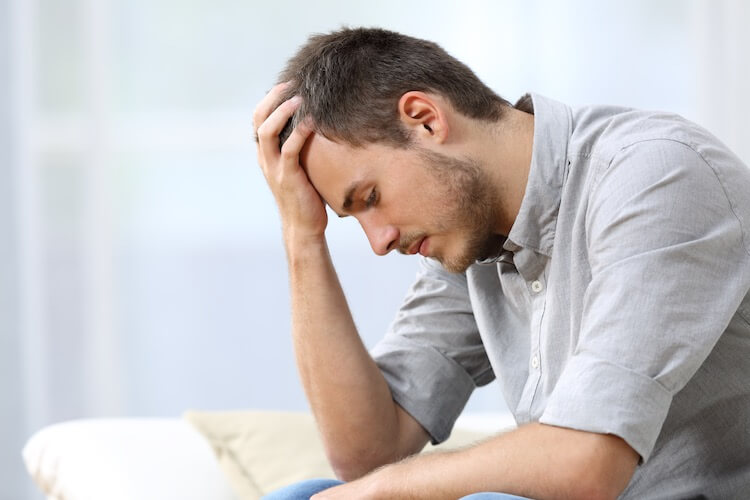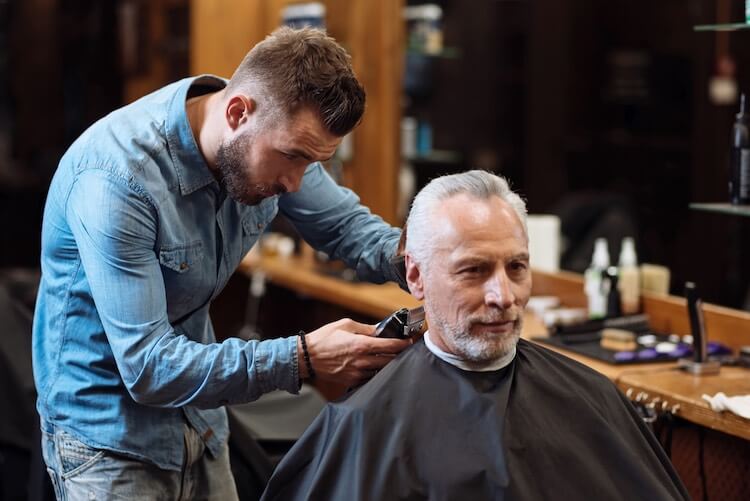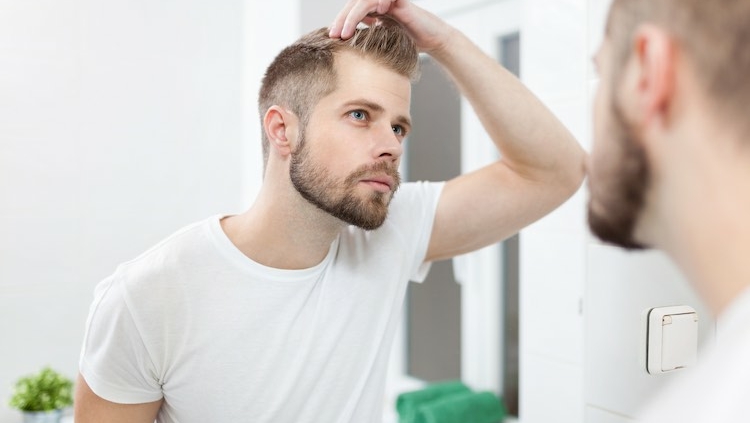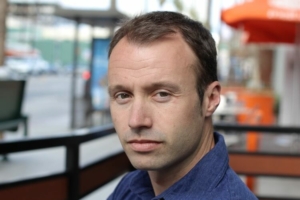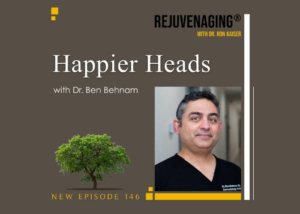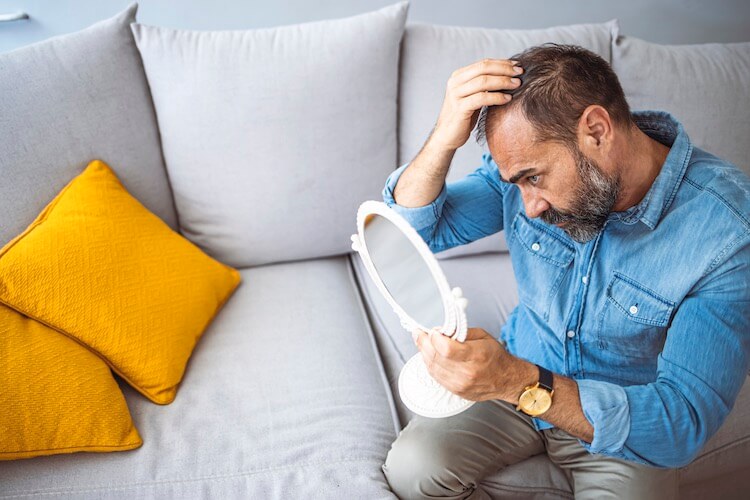Nourishing Your Hair with Food: The Power of Cooking for Hair Growth

You’ve probably heard the saying, “You are what you eat.” Whether it’s the Mediterranean diet, Keto, or gluten-free, what you eat plays a significant role in your health. The food you consume affects everything from your heart to your eyesight. But did you know that food also impacts your hair?
The Role of Nutrition in Hair Growth
Hair is primarily composed of a protein called keratin. Therefore, ensuring adequate protein intake — and nutrients necessary for making keratin — is essential for healthy hair growth. Protein is the building block of hair, so consuming an adequate amount of protein is a must for hair growth. Amino acids, which make up protein, play a major role in the production of keratin. And it’s keratin that provides each strand of hair with structure and stability. Without enough protein, hair becomes brittle and weak, leading to breakage and hair loss. Additionally, several other vitamins, minerals, and antioxidants contribute to maintaining scalp health, promoting follicle strength, and keeping hair growing. (01)
Foods to Feed Your Hair
Healthy hair is not just about using the right shampoo and conditioner. It also involves taking care of your hair from the inside out by eating hair-friendly foods. The following are eight foods that you can add to your diet to promote healthy hair.
1. Eggs
According to data from the U.S. Department of Agricultural, eggs are a great source of protein, biotin, and vitamin D, all nutrients that your scalp and hair need to remain in good health. Along with vitamins A and C, vitamin D is important for hair follicle health, and a deficiency in this vitamin can lead to hair loss. Just remember to opt for healthier ways of cooking eggs, like poaching or boiling. (02) The following recipe for Korean boiled eggs is a tasty twist on a familiar kitchen staple. (03)
Marinated Soy Sauce Eggs
Ingredients:
- 1 cup soy sauce
- 1 cup water
- ¼ cup sugar
- 3 medium green onions, chopped
- 2 medium jalapeno peppers, seeded and diced
- 1 tablespoon minced garlic
- 2 teaspoons toasted sesame seeds
- 12 large hard-boiled eggs, peeled
- 3 teaspoons sesame oil
Korean boiled eggs are as simple as marinating your eggs. Combine soy sauce, water, sugar, green onions, jalapeno peppers, minced garlic, and toasted sesame seeds in a large bowl. Stir well to dissolve the sugar, and mix the ingredients thoroughly. Next, place the peeled, hard-boiled eggs into the marinade mixture. Ensure the eggs are fully submerged. Cover the bowl and refrigerate for at least 8 hours or overnight to allow the flavors to infuse.
Once marinated, remove the eggs from the refrigerator. Slice each egg in half lengthwise and arrange them on a serving platter. Spoon some marinade over the eggs to enhance the flavor and provide a glossy appearance. Finally, drizzle the eggs with sesame oil, which adds a nutty aroma and richness. Serve the marinated soy sauce eggs as an appetizer, side dish, or a topping for salads and ramen bowls.
2. Spinach
Dark, leafy greens like spinach are rich in iron, which boosts hair growth and keeps cells oxygenated. Without enough iron, the hair follicles can become starved of oxygen. Iron deficiency, for example, is a common cause of hair loss in women due to low iron levels during pregnancy and other hormonal shifts. Iron deficiency has also been a risk factor for the following hair loss conditions: alopecia areata, androgenetic alopecia, and telogen effluvium. (04, 05)
Spinach is also an excellent source of vitamins A and C, which help to produce the sebum (an oily substance) required to moisturize the scalp and hair. Add spinach to your weekly dinners through this famous cookbook author Ina Garten’s side dish recipe. (06)
Sauteed Baby Spinach
- 1 1/2 pounds baby spinach leaves
- 2 tablespoons good quality olive oil
- 2 tablespoons chopped garlic (about 6 cloves)
- 2 teaspoons kosher salt
- 3/4 teaspoon freshly ground black pepper
- 1 tablespoon unsalted butter
- Lemon wedges
- Sea salt or kosher salt (optional)
First, rinse the baby spinach leaves thoroughly in cold water to ensure they are clean. Use a salad spinner to remove excess water, leaving some light moisture on the leaves. Heat the olive oil over medium heat in a large pot or Dutch oven. Add the chopped garlic and sauté for about 1 minute, being careful not to let it brown.
Add all the spinach to the pot, along with the kosher salt and black pepper. Toss the spinach with the garlic and oil until well coated. Cover the pot and cook for 2 minutes. Remove the lid and increase the heat to high. Continue cooking the spinach for another minute until all the spinach is wilted, all the while stirring.
Using a slotted spoon, transfer the sautéed spinach to a serving bowl. Top the spinach with the unsalted butter, a squeeze of lemon juice, and a sprinkling of sea salt or kosher salt, if desired. Serve the sautéed baby spinach immediately while hot. It makes a delicious side dish or a healthy addition to salads, pasta, or grain bowls.
3. Sweet Potatoes
Try sweet potatoes if you’re looking for a simple addition to make your diet a little healthier and promote hair growth. This delicious and colorful starch is an excellent source of beta-carotene, which is converted to vitamin A in the body. Sweet potatoes are also rich in vitamin C, encouraging collagen production and hair growth. One of the most convenient and delicious ways to cook sweet potatoes is by “baking” them!
“Baked” Sweet Potatoes
You’d be mistaken if you think baked sweet potatoes are like regular ones. Sweet potatoes are a vivid orange color and are – well – sweet. To bake these scrumptious gems, start with any number of sweet potatoes and start by pricking the sweet potatoes all over with a fork to create small holes. Place the prepared sweet potatoes in a microwavable dish and cover the dish with plastic wrap or a microwavable plate. This covering helps to trap steam and facilitate the cooking process. Microwave the sweet potatoes on HIGH for 5 minutes. (07)
Carefully remove the dish from the microwave and uncover it. To ensure even cooking, turn the sweet potatoes over. Then, cover the dish again with plastic wrap or a microwavable plate and return it to the microwave. Continue microwaving on HIGH until the sweet potatoes are tender. Cooking time usually takes about five more minutes, but remember that the exact time may vary depending on the size and thickness of the sweet potatoes. Top with anything from sour cream, Greek yogurt, or bacon for added flavor.
4. Avocados
Avocado isn’t just a great addition to toast; it’s also chock full of omega-3 fatty acids, monounsaturated fats, vitamin C, and collagen. The nutrients in avocado decrease chronic inflammation, keeping your scalp and hair follicles ready for hair growth. Furthermore, the avocado’s anti-inflammatory properties are not only good for your hair — they’re good for your heart. Research indicates that avocados reduce the risk of cardiovascular disease. (08)
Easy Avocado Toast
To make delicious avocado toast, start by toasting your bread to your desired level of crispiness. Remove the avocado halves from their peel, keeping them intact. Drizzle the toast with olive oil, sprinkle with salt, and let it cool slightly. Place an avocado half on each slice of toast and gently mash it with a fork, keeping it chunky. Sprinkle more salt, add pepper, and squeeze citrus over the top. Customize with garnishes like herbs, red pepper flakes, or feta cheese. Cut larger slices in half and serve immediately. (09)
Avocado toast is a versatile and satisfying meal or snack for any time of the day. Toast the bread, mash the avocado, season with salt and olive oil, and add your preferred toppings. Enjoy this simple and flavorful dish for breakfast, lunch, or a light dinner, and get creative with different combinations to suit your taste.
5. Nuts
Like avocados, nuts are a source of healthy fats, vitamins, and minerals beneficial for healthy hair growth. Walnuts, for example, contain significant amounts of omega-3 fatty acids, biotin, and vitamin E, all essential for healthy hair growth. Almonds also contain plant-based protein, which allows the body to produce the building blocks for hair. (10)
Candied Almonds
- 1 tablespoon ground cinnamon
- ½ cup water
- 2 cups whole almonds
- 1 cup white sugar
Line a baking sheet with waxed paper. Combine the white sugar, water, and ground cinnamon in a saucepan over medium heat. Bring the mixture to a boil, stirring occasionally. Add the whole almonds to the saucepan and continue to cook and stir until the liquid evaporates, coating the almonds with a syrupy glaze. This will give the almonds a delicious cinnamon flavor. Pour the glazed almonds onto the prepared baking sheet.
Use two forks to separate clumps and spread them into an even layer. Allow the glazed almonds to cool for about 15 minutes. The glaze will harden during this time, and the almonds will become crisp. These cinnamon-glazed almonds can be enjoyed as a snack or a tasty topping for salads, desserts, or breakfast dishes. Prepare a batch and savor their irresistible cinnamon flavor and satisfying crunch.
6. Greek Yogurt
Greek yogurt is an excellent source of protein, but this yogurt comes with another benefit — probiotics. For example, research shows that mice fed beneficial probiotics developed shinier and thicker fur than mice who were not fed probiotics. This type of yogurt is also high in vitamin B5, which helps to improve blood flow to the scalp, increasing the chances for healthy hair growth.
Greek Yogurt Breakfast Bowl
Anyone wanting a quick, no-cook breakfast should always have Greek yogurt on hand. Greek yogurt makes a great base for any healthy breakfast bowl. Add your favorite granola or nut blend, fruits like blueberries or bananas, and drizzle over some honey for a little sweetness. The yogurt adds some creaminess and makes a healthy breakfast taste decadent. (11)
7. Salmon
Salmon is an excellent source of those all-important omega-3 fatty acids that keep hair healthy. This fatty — and delicious — fish contains almost three times the amount of omega-3 fatty acids per serving than other types of fish. Wild salmon, in particular, has a whopping 4,504 mg per serving of Omega-3. In comparison, anchovies only contain 1,200 mg per serving. (12)
Salmon Snap Peas Recipe
If you want more salmon to your diet, consider adding Harvard Health’s pan-roasted salmon recipe to your dinner rotation. To make this dish, you will need six salmon filets with skin on, each weighing around 6 ounces, as well as some fresh ginger, low-sodium soy sauce, balsamic vinegar, snap peas, extra-virgin olive oil, lemon juice, mint, salt, and black pepper.
Mix the minced ginger, soy sauce, and balsamic vinegar. Then, place the salmon in a deep dish and coat it with the marinade by tossing it lightly. Let the salmon sit at room temperature while you cook the snap peas. (13)
Next, boil 2 quarts of water in a saucepan and add the snap peas. Cook them for about 2 minutes until they are crisp-tender, then drain them in a colander and refresh them in cold water. After draining them again, blot them dry on paper towels.
To cook the salmon, start by heating two tablespoons of olive oil in a large frying pan over high heat. Place the salmon steaks in the pan with their coating facing down, leaving the pan partially covered. Depending on how thick the salmon filets are, cook for around 5 to 6 minutes on the first side. When the skin is crispy, and the flesh begins to turn opaque, flip the salmon over with a spatula and cook for another 3 to 4 minutes until it is just cooked through.
Once the salmon is fully cooked, arrange the filets on a serving platter and place the snap eas on top. Finally, whisk together the ingredients for the mint dressing, including the extra-virgin olive oil, lemon juice, chopped mint, salt, and black pepper. Serve the salmon filets with the cooked snap peas and drizzle the mint dressing over both.
Feed Your Hair by Growing Your Health
While there’s no magic bullet that can remedy hair loss, what you eat does play a significant role in the health of your hair. A balanced diet that includes protein, omega-3 fatty acids, vitamins (such as A and C), and minerals (such as iron and zinc) provides the foundation for stronger, thicker hair. And even if a diet full of leafy greens, nuts, and fish don’t result in Chris Hemsworth-like locks, you’ll find that good nutrition isn’t just about looking good but also feeling good from within.
Whether you’re combating hair loss or you’re looking to prevent it, Happy Head’s Hair Growth Supplements have what you need to augment your diet. With hair-friendly ingredients like probiotics, collagen, keratin, and vitamins and minerals, Happy Head’s supplements help bridge any dietary gaps you might have regarding your hair. Purchase our Hair Growth Supplements or hair care products today. Or answer a few questions and schedule a consultation to develop an individualized program to regrow your hair!
Resources:
(01) https://link.springer.com/article/10.1007/s13555-018-0278-6
(02) https://fdc.nal.usda.gov/fdc-app.html#/food-details/748967/nutrients
(03) https://www.allrecipes.com/recipe/284468/korean-marinated-hard-boiled-eggs/
(04) https://www.jaad.org/article/S0190-9622(05)04745-6/fulltext
(05) https://www.ncbi.nlm.nih.gov/pmc/articles/PMC4828511/
(06) https://www.foodnetwork.com/recipes/ina-garten/garlic-sauteed-spinach-recipe-1944598
(07) https://www.southernliving.com/quick-baked-sweet-potatoes-7109849
(08) https://www.medicalnewstoday.com/articles/318620
(09) https://cooking.nytimes.com/recipes/1019420-avocado-toast
(10) https://www.ncbi.nlm.nih.gov/pmc/articles/PMC5748761/
(11) https://thedomesticdietitian.com/greek-yogurt-breakfast-bowl-mediterranean-diet-recipe/
(12) https://www.hsph.harvard.edu/nutritionsource/pan-roasted-salmon/



